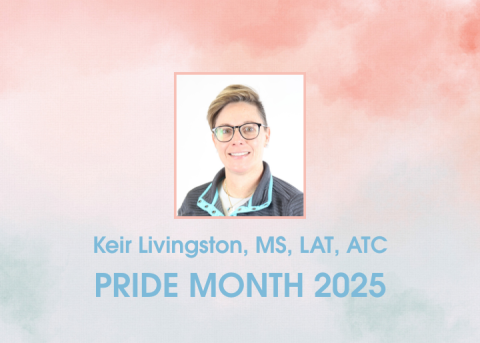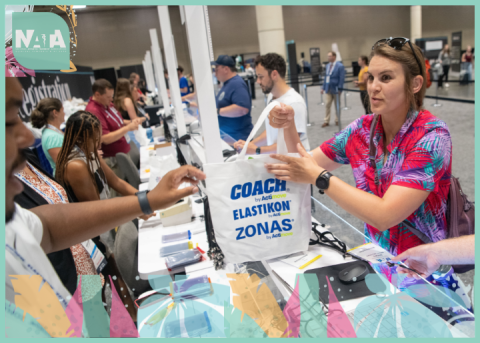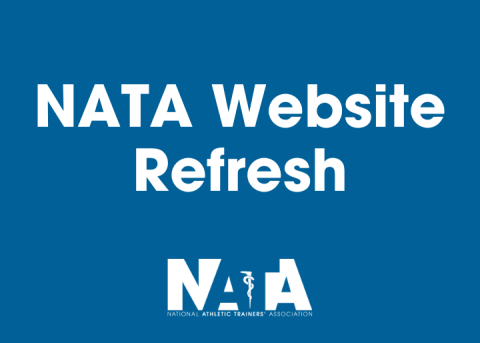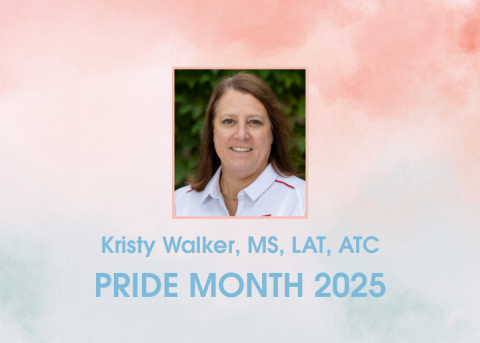
Editor’s note: The Strategic Alliance’s Athletic Training Research Agenda Task Force is highlighting clinical members who have been recognized by one of their colleagues in athletic training as a Clinical Scholar Champion for their efforts in collecting point of care research. This blog series will celebrate clinical scholars in order to illustrate how research is being used in the clinical practice.
Mike Hopper, MS, LAT, ATC, is the head athletic trainer at Bishop Lynch High School in Dallas. In his position at the high school, Hopper collaborates with other health care providers, both internally and externally, to provide athletic health care to approximately 700 student athletes. Hopper has a unique take on research as he sees it as a business endeavor and a part of business.
Tell us how you got started with integrating research with your clinical practice.
I’ve been involved in a few different research projects over the past several years with varying success, honestly. It is a struggle, but it is beneficial to the profession. The research we are currently conducting is mostly for in-house uses, looking at the value and effectiveness of our sports medicine program. The decision was made three years ago that we needed to start collecting this data and, over time, we have not only continued that, but have expanded its scope.
What motivated you to become involved in research?
One of the things that motivated me to get involved in research is the idea that what we find in a lab setting is not always beneficial to what we are doing on the clinical side of the profession. That’s not to discredit that research, but instead we must work to integrate and understand both sides. Again, our research is mostly in-house, but we have begun to expand its usefulness, and its expansion is going to benefit the profession as a whole. What we’re doing at one school is small, and it may benefit one school, but as that movement continues to grow and more ATs across many more schools begin to track similar metrics, then we can really harness the usefulness of it in a bigger picture.
How can your findings be used to guide athletic training medical practice?
There are ways we could utilize the data that we are collecting to potentially direct and understand medical practice. We track the different modalities, different exercises and other interventions that we utilize and, if we wanted to, we could start looking at trends in those treatments. That would be beneficial for directing medical practice. This would come in the way of patient outcomes. The data that we are currently collecting can also indirectly guide medical practice in the sense of identifying personnel needs. That is the data, and those are the outcomes we are currently looking at. We have used this to drive changes within clinical practice as it relates to patient volume and AT workload.
What is the No. 1 advice you would give to another clinician interested in getting involved in a research study?
Figure out what you are interested in and what you can realistically track and collect that data. There are plenty of things I would love to be able to investigate, but I don’t have the financial resources to do so.
There is concern that such integration of research with clinical practice may be too time consuming. What have you found helps you manage your time?
There is no doubt that collecting data is time consuming. Breaking down data is even more time consuming. But if you reverse that mindset and utilize the research in your clinical practice, it can become less of a hassle because rather than it being a burden, it becomes an aid to your daily tasks. I look at our research work as being a business endeavor. It’s a part of doing business. We have to justify our existence, and this is one way that we do so. I continue to work to create more time for my research efforts by delegating other tasks to my assistant athletic trainer, and we hope that through continued efforts, we’ll actually expand our staff in order to spread out even more.
What are the other major barriers to collecting data at the point of care? What strategies did you employ to address these barriers?
Accuracy and simplicity of data. Much of our work relies on patients actually signing in for treatments so they are documented and accounted for appropriately. Then we have to looking at making sure we are both documenting our interactions similarly as well so I can accumulate data correctly. I’d say the biggest strategy we utilize here is to simply work together to look at the big picture goals.





